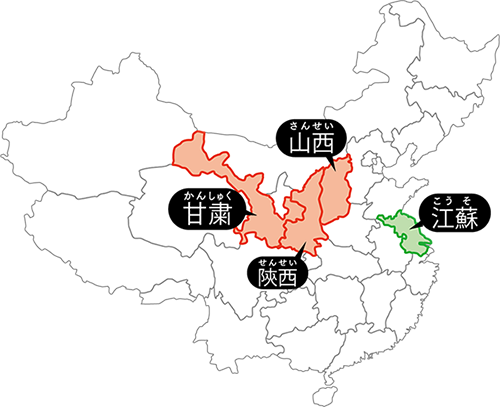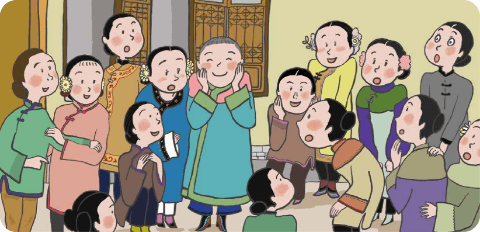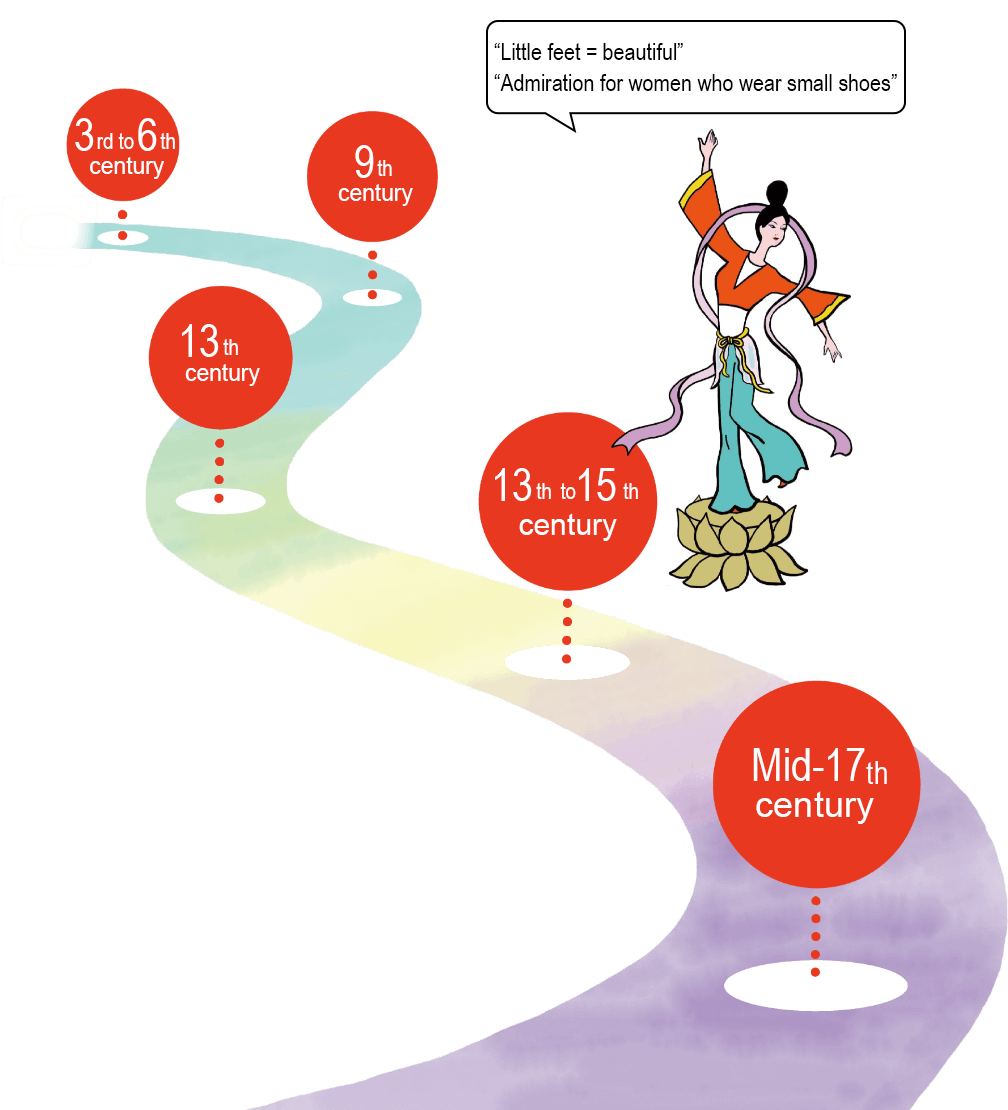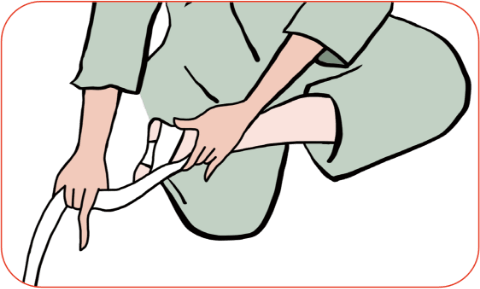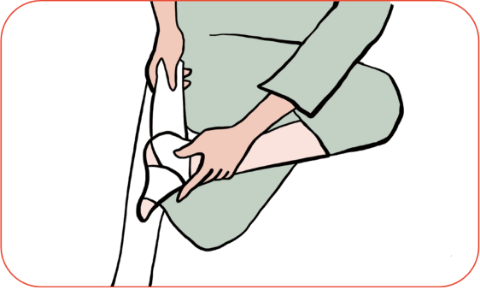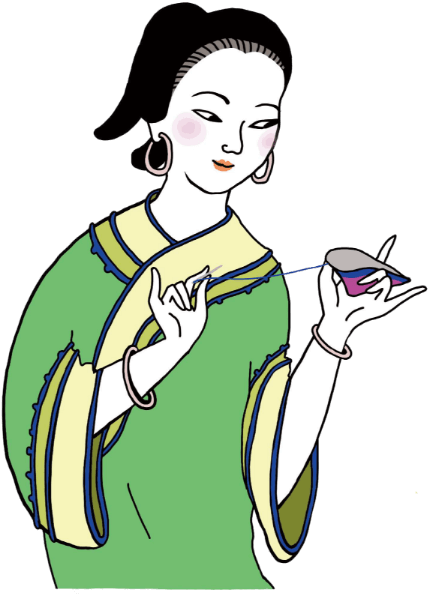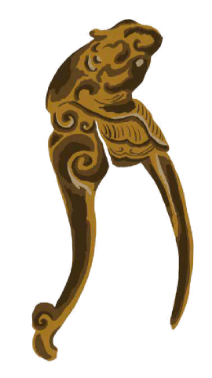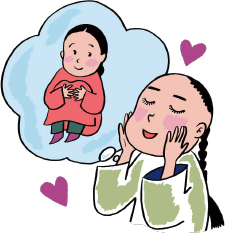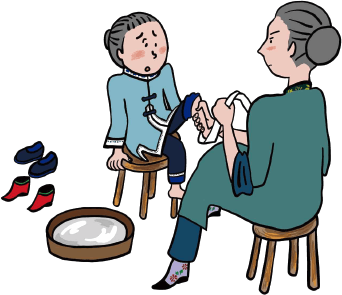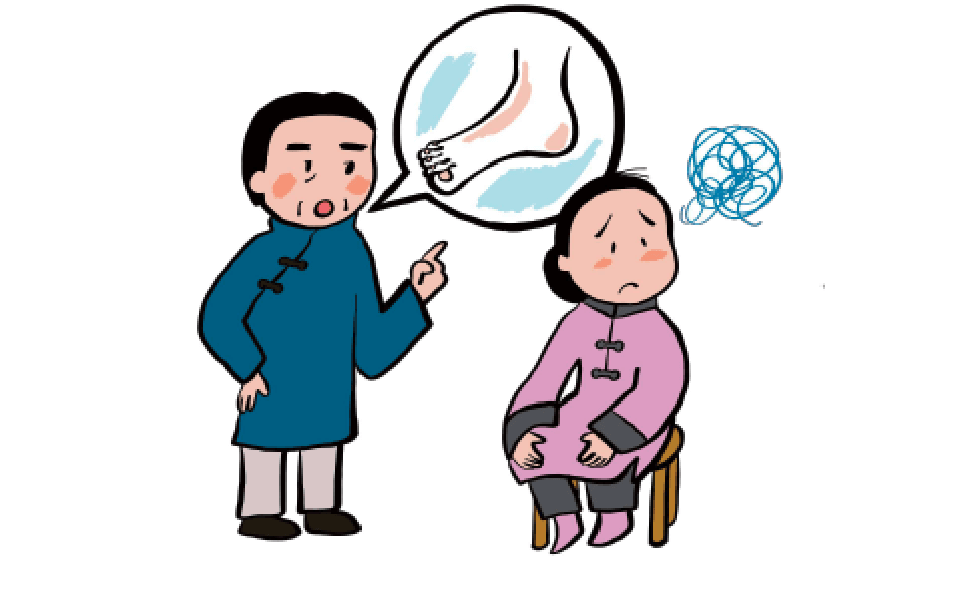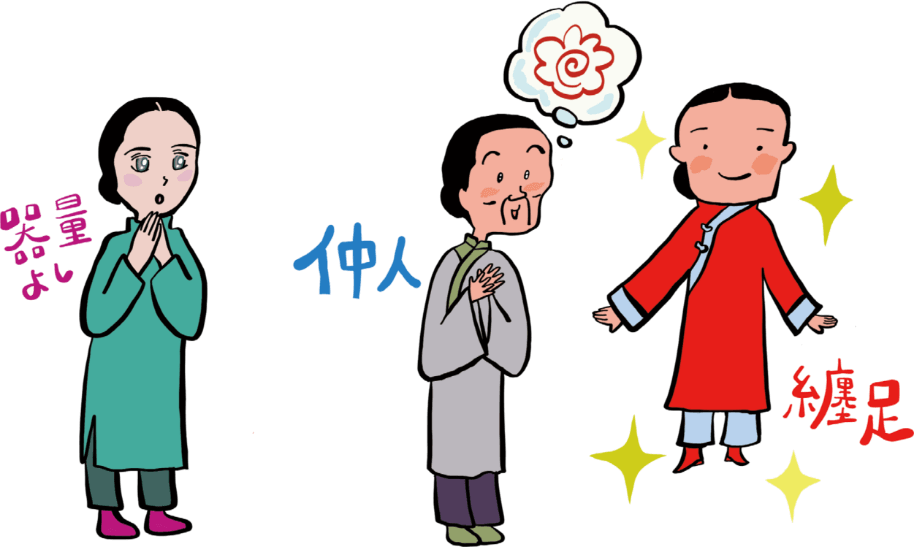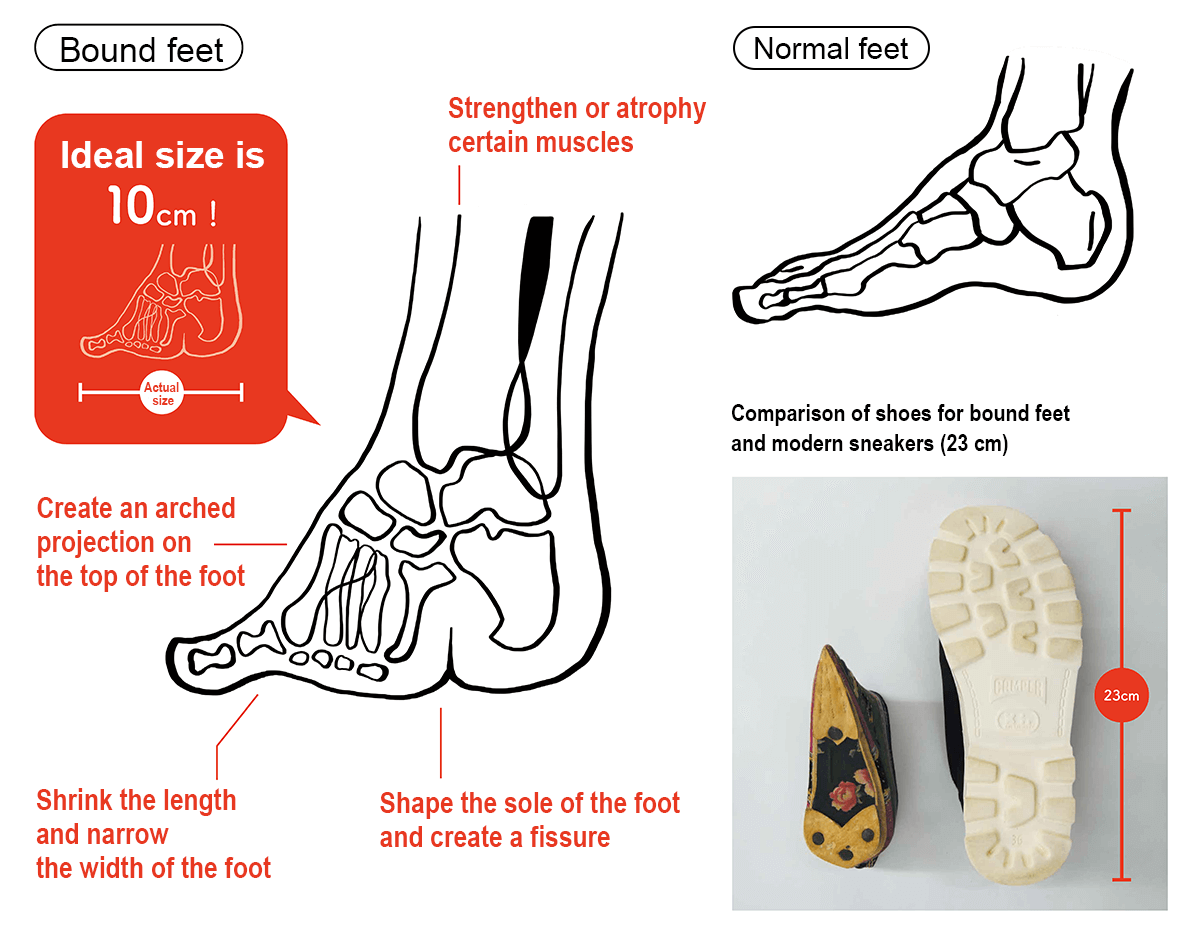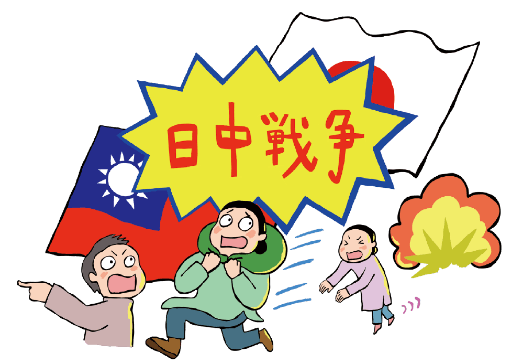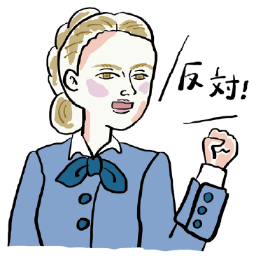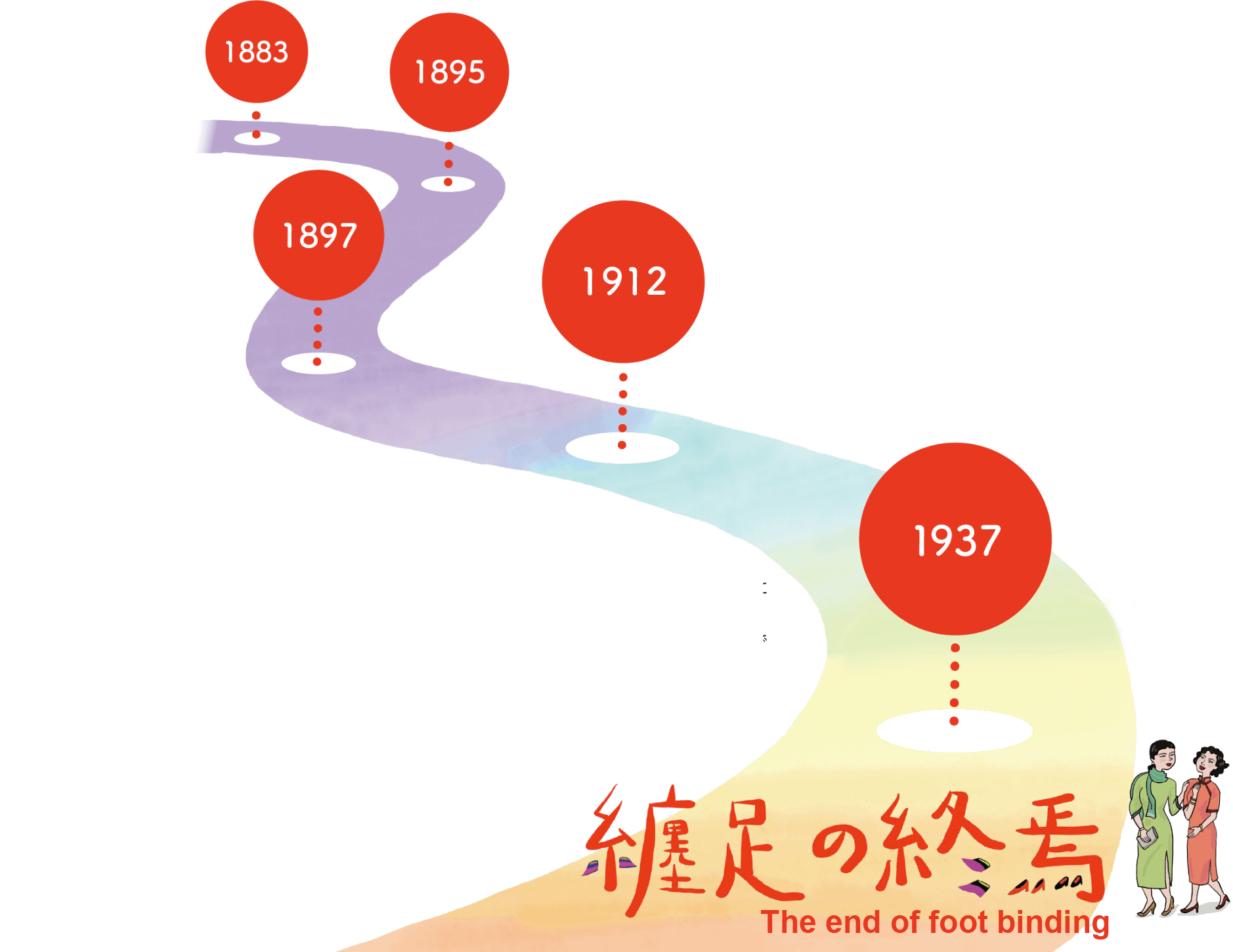Have you ever heard of the term “foot binding”? Foot binding was a custom in pre-modern China of binding women’s feet with cloth to alter their shape into a smaller size. Foot binding was a symbol of beauty and femininity.
Evidence of the actual practice of foot binding remains since the 13th century; where the first cases of foot binding were practiced by women of the elite class. Foot binding was one of the indicators representing high social status because it was unsuitable for agricultural work. In the 17th and 18th centuries, with the development of weaving and spread of cotton planting, peasant daughters had more opportunities to work indoors and began to compete with each other to practice foot binding.
Foot binding and the mother’s heart as hard as steel
A long, thin strip of cloth bound the girls’ feet tightly from the ankles when their bones are still soft to finely reshape them. The girls suffered pain, but their mothers were determined to have them wear shoes for bound feet. The mothers hardened their hearts because foot binding was a requirement for marriage.
What is the beauty of “(t)he Three-cun Golden Lotus”?
“The Three-cun Golden Lotus” is a metaphorical description of the beauty of foot binding. Three-cun is less than 10 cm, indicating the ideal size of bound feet. The golden lotus is a metaphor comparing bound feet that do not lose their purity even when stepping on soil to a lotus flower that is not stained when it emerges from the mud. Foot binding was a standard of female beauty, even more so than having a beautiful face.
Regional differences in the binding process
In the 13th century, foot binding was practiced by wives of officials and courtesans*. From the 14th century onward, it became commonplace and was even considered a prerequisite for brides in some regions. In Shanxi, Shaanxi, and Gansu in particular, foot binding was practiced by poor women. However, in the Chang Jiang river basin such as in Jiangsu, the binding was relatively loose, and many rural women did not bind their feet.
- Courtesans mean prostitute or geiko in China
